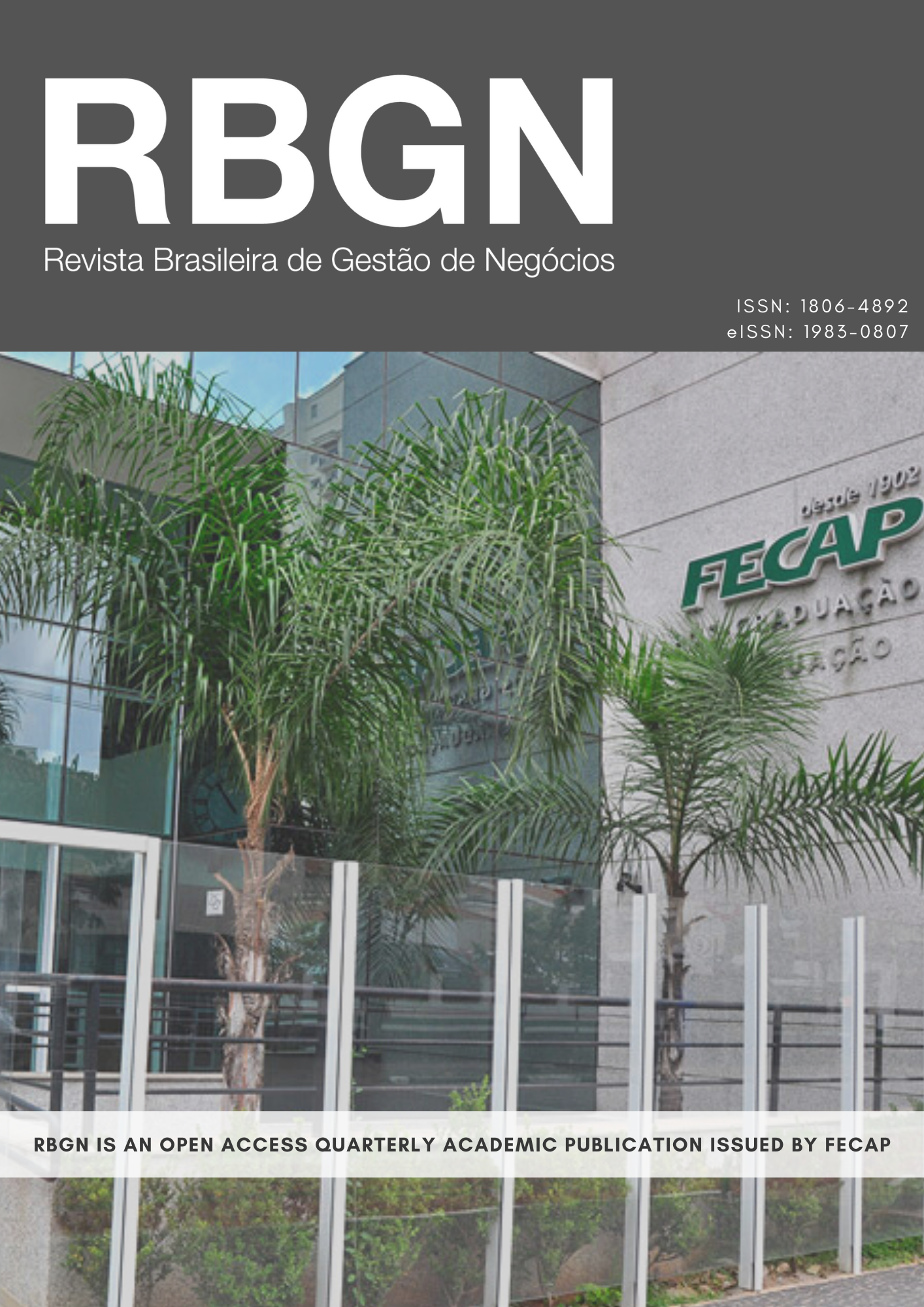Abstract
Purpose – The purpose of the study is to provide a more holistic perspective on sustainable leadership (SL), understanding which of its attributes enable changes to more sustainable‐oriented organizations and how they are connected.
Design/methodology/approach – We carried out an exploratory and qualitative study through multiple and comparative case studies. We selected four organizations and conducted interviews with three different groups of managers in each organization: CSR manager, HR manager, and business managers. In addition, we collected institutional and external documents. We also used observation as a data collection technique. We analyzed the data using the content analysis technique.
Findings – The role of SL changes according to organizational maturity in relation to sustainability. Even the seven attributes recognized as important by all managers (leadership, interpersonal skills, focus on sustainability, orientation toward change, alignment with the organizational culture, values and moral principles, and business vision) showed different positioning depending on the quadrant the managers are a part of.
Originality/value – The proposed framework not only identified what the attributes of SL are but also connected them under two perspectives, pointing out that these attributes are interdependent and interrelated. Our contribution to practice lies in the use of the framework as a guide to lead change in order to bring about a shift to SL in organizations, whether through developing SL programs, or as guidance in the processes of recruiting new leaders.
If a paper is approved for publication, its copyright has to be transferred by the author(s) to the Review of Business Management – RBGN.
Accordingly, authors are REQUIRED to send RBGN a duly completed and signed Copyright Transfer Form. Please refer to the following template: [Copyright Transfer]
The conditions set out by the Copyright Transfer Form state that the Review of Business Management – RBGN owns, free of charge and permanently, the copyright of the papers it publishes. Although the authors are required to sign the Copyright Transfer Form, RBGN allows authors to hold and use their own copyright without restrictions.
The texts published by RBGN are the sole responsibility of their authors.
The review has adopted the CC-BY Creative Commons Attribution 4.0 allowing redistribution and reuse of papers on condition that the authorship is properly credited.


